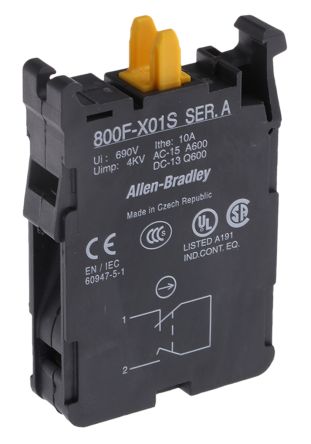Safety relay (Emergency stop) is designed in such a way that any faults in the input circuit are detected, e.g. contact welding on an emergency stop pushbutton or on one of the safety contacts on the output relay.
How it's possible to differ normaly closed contact from welded contact?
On which way Safety relays "feels" this difference?
How it's possible to differ normaly closed contact from welded contact?
On which way Safety relays "feels" this difference?








